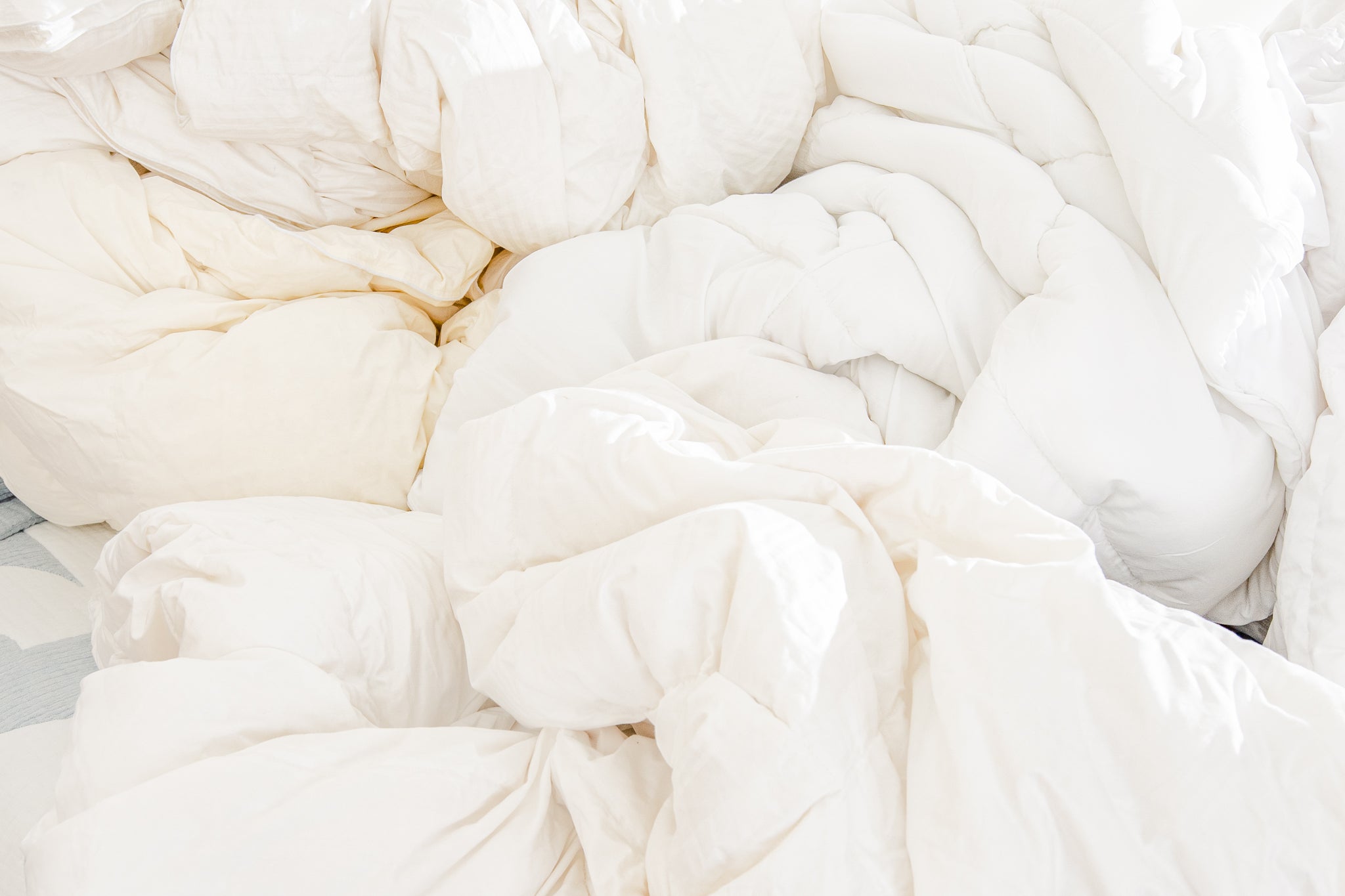

Articles
How To Get Stains Out Of A Duvet
Modified: October 20, 2024
Learn effective ways to remove stubborn stains from your duvet with our informative articles. Say goodbye to unsightly stains and keep your duvet fresh and clean.
(Many of the links in this article redirect to a specific reviewed product. Your purchase of these products through affiliate links helps to generate commission for Storables.com, at no extra cost. Learn more)
Introduction
A duvet is a beloved and essential bedding accessory that brings comfort and warmth to our sleep routines. However, accidents happen, and stains on a duvet can be a frustrating inconvenience. Whether it’s a spill from a morning cup of coffee or a stubborn mark from a pet, knowing how to effectively remove stains from your duvet is a valuable skill.
In this article, we will guide you through the process of getting rid of various types of stains on a duvet. From pre-treating the stains to choosing the right cleaning methods, we aim to provide you with practical solutions to restore your duvet to its former pristine condition.
With a few simple techniques and common household items, you can say goodbye to unsightly stains and enjoy a fresh and clean duvet once again. So, let’s dive in and discover the secrets of stain removal for your duvet!
Key Takeaways:
- Say goodbye to stubborn duvet stains with simple pre-treating and effective removal techniques using common household items. Enjoy a fresh and clean duvet once again!
- Restore your duvet to its pristine condition by mastering the art of pre-treating and removing various types of stains. Keep your sleep environment cozy and stain-free!
Read more: How To Get Blood Stains Out Of White Duvet
Types of Stains on a Duvet
Duvets can be subjected to a wide range of stains, each requiring its own unique approach for effective removal. Understanding the different types of stains you may encounter will help you choose the appropriate cleaning method. Let’s explore some common types of stains on a duvet:
- Food and Beverage Stains: Accidental spills from coffee, tea, wine, or food can leave unsightly stains on your duvet. These stains often contain pigments that can seep into the fabric and require immediate attention.
- Body Fluid Stains: Sweat, urine, and other body fluids can leave stubborn stains on your duvet. These stains not only affect the appearance of your bedding but can also cause unpleasant odors if not properly addressed.
- Makeup and Cosmetic Stains: Cosmetics, such as foundation, lipstick, or mascara, can accidentally transfer onto your duvet and leave noticeable marks. These stains often contain oil-based substances that require specific cleaning techniques.
- Pet Stains: If you have a furry friend sharing your bed, you may encounter pet-related stains like urine, vomit, or feces. These stains can be particularly challenging to remove due to their strong odors and potential for bacteria growth.
- Ink and Marker Stains: Pen, marker, or ink stains can accidentally find their way onto your duvet, leaving unwanted marks. These stains can be stubborn and may require specialized techniques to remove.
- Oil and Grease Stains: Oil or grease stains, such as from body lotions, cooking oils, or hair products, can make your duvet look dirty and feel sticky. These stains can be tough to remove without proper pre-treatment.
Each type of stain requires a tailored approach to ensure successful removal without causing damage to your duvet. In the following sections, we will explore effective methods for pre-treating and removing common stains from your duvet. So, let’s move on to the next steps!
Pre-Treating the Stains
Before diving into the stain removal process, it’s essential to pre-treat the stains on your duvet. Pre-treating helps to loosen the stain and prepares the fabric for effective cleaning. Here are some steps to follow when pre-treating stains:
- Act quickly: The sooner you address a stain, the better your chances of removing it successfully. As soon as you notice a stain on your duvet, take immediate action to prevent it from setting in.
- Blot, don’t rub: Using a clean white cloth or paper towel, gently blot the stained area to absorb any excess liquid or material. Avoid rubbing the stain as it may spread or push it deeper into the fabric.
- Identify the stain: Take note of the type of stain you are dealing with. Different stains require different treatment methods, so it’s important to identify what you’re working with.
- Check the care instructions: Read the care label on your duvet to determine the recommended cleaning instructions. This will help you avoid using any cleaning methods or products that could potentially damage the fabric.
- Test a small area: Before applying any cleaning solution to the stained area, perform a patch test on a small, inconspicuous part of the duvet to ensure it doesn’t cause any discoloration or damage.
- Choose an appropriate stain remover: Select a stain remover that is suitable for the type of stain you’re dealing with and safe for the fabric of your duvet. There are many commercial stain removers available, or you can opt for homemade remedies using common household ingredients.
- Apply the stain remover: Following the instructions on the stain remover package or your chosen homemade solution, apply a small amount to the stained area. Use a clean cloth or sponge to gently work the stain remover into the fabric.
- Let it sit: Allow the stain remover to penetrate the fabric and work its magic. The recommended amount of time will vary depending on the product or solution you’re using, so refer to the instructions for guidance.
- Rinse or blot: After the pre-treatment time has elapsed, rinse the stained area with cold water or blot it with a clean damp cloth to remove any residue. Avoid using hot water as it can set the stain.
By pre-treating the stains on your duvet, you are giving yourself a head start in the stain removal process. With the stains prepped and ready, we can now move on to the next section and explore methods for removing common stains from your duvet.
Removing Common Stains
Now that you have pre-treated the stains on your duvet, it’s time to focus on removing them completely. The method you use will depend on the type of stain you’re dealing with. Here are some effective techniques for removing common stains from your duvet:
- Food and Beverage Stains: For food and beverage stains, start by rinsing the stained area under cold water to flush out as much of the stain as possible. Then, apply a mixture of mild detergent and water to the stain and gently rub it in. Let it sit for a few minutes, and then rinse thoroughly. If the stain persists, you can try using a stain remover specifically formulated for food and beverage stains.
- Body Fluid Stains: Body fluid stains can be challenging to remove, but don’t worry. Create a paste using enzyme-based laundry detergent and water. Apply the paste to the stain, gently rub it in, and let it sit for about 30 minutes. Rinse thoroughly and repeat the process if needed.
- Makeup and Cosmetic Stains: To tackle makeup and cosmetic stains, start by blotting any excess residue with a clean cloth. Mix a solution of warm water and mild dish soap, and gently dab the stain with a sponge or cloth soaked in the solution. Blot and rinse with cold water until the stain disappears.
- Pet Stains: Pet stains require prompt action to prevent odors and bacterial growth. Start by blotting up any liquid with a paper towel. Mix a solution of equal parts vinegar and water and spray it onto the stain. Blot the area with a clean cloth, repeating the process until the stain is gone. Finally, sprinkle baking soda over the area to neutralize any remaining odors and vacuum it up after it has dried.
- Ink and Marker Stains: Ink and marker stains can be particularly stubborn. Place a clean white cloth under the stained area to prevent the ink from spreading. Dampen a cloth with rubbing alcohol and gently blot the stain, being careful not to scrub. Once the stain has lifted, rinse the area with cold water and blot dry.
- Oil and Grease Stains: To remove oil and grease stains, sprinkle cornstarch or baby powder over the affected area and let it sit for at least 30 minutes to absorb the grease. Brush off the powder and apply a small amount of dishwashing liquid to the stain. Gently work it in with a sponge or cloth, and then rinse thoroughly. Repeat if necessary.
Remember to always follow the manufacturer’s instructions and test any cleaning solution on a small, inconspicuous area before applying it to the stain. Additionally, be patient and persistent when removing stains, as some stains may require multiple attempts or a combination of different methods.
Now that you’re equipped with effective stain removal techniques, let’s move on to the next section to learn how to dry and care for your duvet after removing stains.
Mix a solution of equal parts water and white vinegar, then gently dab the stain with a clean cloth soaked in the solution. Let it sit for 15 minutes, then blot with a clean, damp cloth. Repeat as needed before washing.
Removing Stubborn Stains
Stubborn stains on your duvet can be frustrating, but with the right approach, they can still be successfully removed. Here are some techniques to tackle stubborn stains that may require a little extra effort:
- Set-In Stains: If you’re dealing with a set-in stain that has been on your duvet for a while, start by soaking the stained area in a mixture of warm water and enzyme-based laundry detergent. Let it soak for several hours or overnight. Then, gently scrub the stain using a soft brush or toothbrush. Rinse thoroughly and repeat the process if necessary.
- Old Oil or Grease Stains: For old oil or grease stains, sprinkle baking soda or cornstarch over the stain and gently rub it in. Let it sit for several hours or overnight to absorb the oils. Vacuum or brush off the powder and then apply a solvent-based stain remover or a mixture of dish soap and warm water. Work the solution into the stain, rinse thoroughly, and repeat if needed.
- Dried Blood Stains: Dried blood stains can be tough to remove, but it’s still possible. Start by saturating the stained area with cold water or hydrogen peroxide to loosen the stain. Gently blot the stain with a clean cloth or sponge. If the stain persists, create a paste using meat tenderizer and water, and apply it to the stain. Let it sit for 15 minutes, then rinse and repeat until the stain is gone.
- Red Wine Stains: Red wine stains are notoriously difficult, but there’s a simple solution. Start by blotting up as much of the wine as possible using a clean cloth or paper towel. Then, pour white wine over the stain to dilute the color. Blot the area with a cloth soaked in a mixture of dish soap and water. Rinse thoroughly and repeat if necessary.
- Mildew or Mold Stains: Mold or mildew stains require special attention. Mix equal parts white vinegar and water in a spray bottle and generously spray the stained area. Let it sit for about 30 minutes, then scrub the mold or mildew with a soft brush or toothbrush. Rinse thoroughly and repeat the process if needed. To prevent mold growth, ensure your duvet is completely dry before storing it.
Keep in mind that stubborn stains may require multiple attempts and patience. It’s important to be gentle when scrubbing to avoid damaging the fabric. If you’re unsure about using certain methods on your duvet, consult the care instructions or seek professional advice.
Now that you have learned effective techniques for removing stubborn stains, let’s move on to the final section to discover how to properly dry and care for your duvet after cleaning.
Read more: How To Get Stains Out Of A Blanket
Drying and Caring for the Duvet
After successfully removing stains from your duvet, it’s crucial to properly dry and care for it to maintain its quality and extend its lifespan. Here are some essential steps to follow:
- Read the care label: Before proceeding with any drying method, always check the care label on your duvet for specific instructions. Different duvets may have different requirements, so it’s important to follow the manufacturer’s recommendations.
- Air drying: Air drying is generally the safest and preferred method for drying duvets. Lay your duvet flat on a clean, dry surface in a well-ventilated area, away from direct sunlight. Flip the duvet occasionally to ensure even drying. Patience is key, as it may take a few days for the duvet to completely dry.
- Tumble drying: If your duvet is suitable for machine drying, follow the care label instructions regarding temperature and cycle settings. Place the duvet in the dryer along with a few clean tennis balls or dryer balls to help fluff and distribute the filling. Check the duvet periodically to ensure it is not overheating and remove it promptly once it is dry.
- Fluffing: Regardless of the drying method used, it’s essential to fluff your duvet regularly to prevent the filling from clumping. Gently shake and fluff the duvet, or put it in a large capacity dryer on a no-heat or air-only cycle with a few dryer balls to revive its loft and softness.
- Storage: When not in use, store your duvet in a breathable fabric storage bag or a cotton pillowcase to protect it from dust and pests. Avoid using plastic bags, as they can trap moisture and result in mold or mildew growth.
- Regular cleaning maintenance: Regularly clean your duvet to keep it fresh and hygienic. While spot cleaning and stain removal are essential for immediate needs, it’s also recommended to wash your duvet according to the care label instructions, typically every 6-12 months.
- Professional cleaning: If your duvet is particularly delicate or heavily stained, it may be best to leave the cleaning to professionals. Professional cleaners have the expertise and equipment to handle delicate fabrics and difficult stains without damaging the duvet.
Properly drying and caring for your duvet will help maintain its integrity and ensure you can enjoy its comfort for years to come. By following these steps, you can keep your duvet clean, fresh, and in excellent condition.
Now that you have learned how to effectively remove stains, as well as dry and care for your duvet, you are equipped with the knowledge to keep it looking and feeling its best. Enjoy a clean and cozy sleep environment free from the worries of stubborn stains!
Remember, prevention is always better than cure. Using duvet covers, practicing good sleep hygiene, and avoiding eating and drinking in bed can go a long way in preventing stains on your duvet. However, accidents happen, and with the information provided in this article, you now have the tools to tackle any stains that may come your way.
Conclusion
In conclusion, knowing how to effectively remove stains from your duvet is an essential skill that can prolong its lifespan and keep it looking fresh and inviting. By pre-treating stains, choosing the right cleaning methods, and properly drying and caring for your duvet, you can restore it to its original pristine condition.
Throughout this article, we have discussed the different types of stains that can occur on a duvet, including food and beverage stains, body fluid stains, makeup and cosmetic stains, pet stains, ink and marker stains, and oil and grease stains. We have provided practical tips and techniques for pre-treating and removing these common stains.
From utilizing stain removers and household ingredients to employing specific cleaning techniques, you can effectively tackle different types of stains on your duvet. Additionally, we have highlighted the importance of following care label instructions, air drying or tumble drying with care, and regularly fluffing and maintaining your duvet for optimum cleanliness and longevity.
By following these guidelines, you can not only remove stains but also prevent them by using duvet covers, practicing good sleep hygiene, and taking precautions to avoid accidents that can lead to stains in the first place.
Remember, each stain is unique, and it may require some trial and error to find the best method for removal. Be patient, persistent, and gentle while treating stains to avoid damaging the fabric. If needed, consult professional cleaners for delicate fabrics or heavily stained duvets.
With the knowledge and techniques shared in this article, you can confidently tackle stains on your duvet, ensuring a cozy and clean sleep environment. So, don’t let stains get in the way of your comfort – take action and enjoy the rejuvenated freshness of your duvet!
Frequently Asked Questions about How To Get Stains Out Of A Duvet
Was this page helpful?
At Storables.com, we guarantee accurate and reliable information. Our content, validated by Expert Board Contributors, is crafted following stringent Editorial Policies. We're committed to providing you with well-researched, expert-backed insights for all your informational needs.
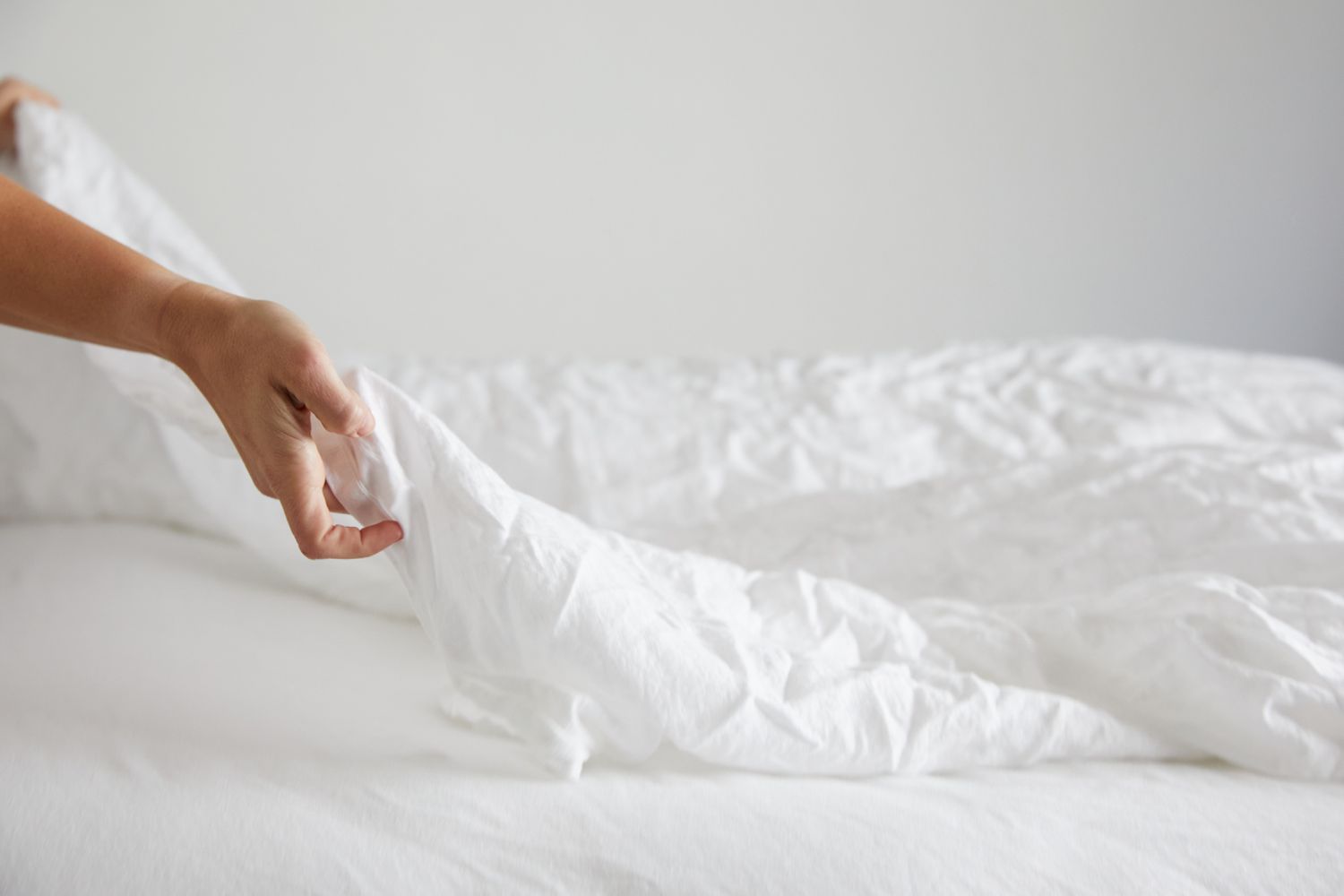
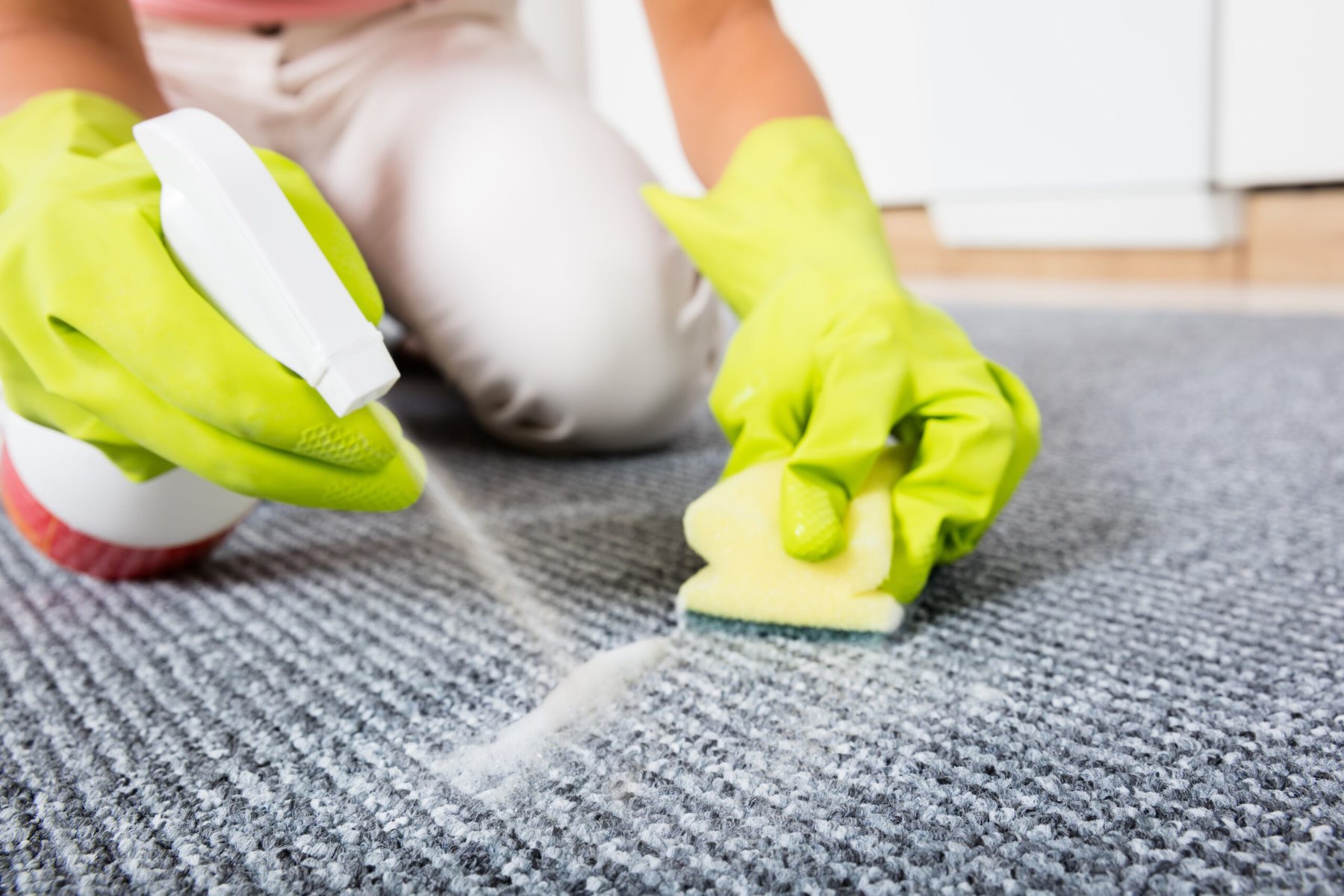
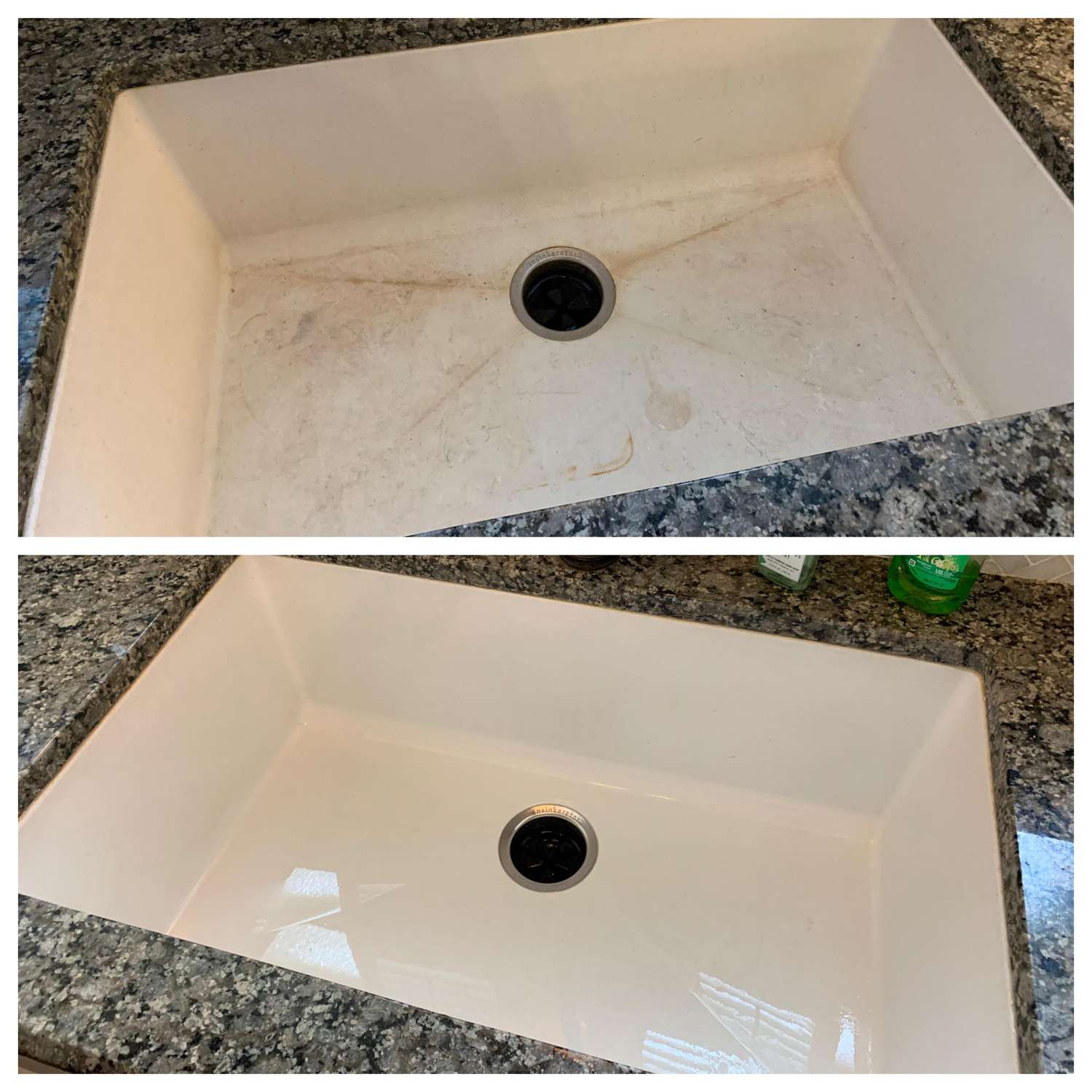
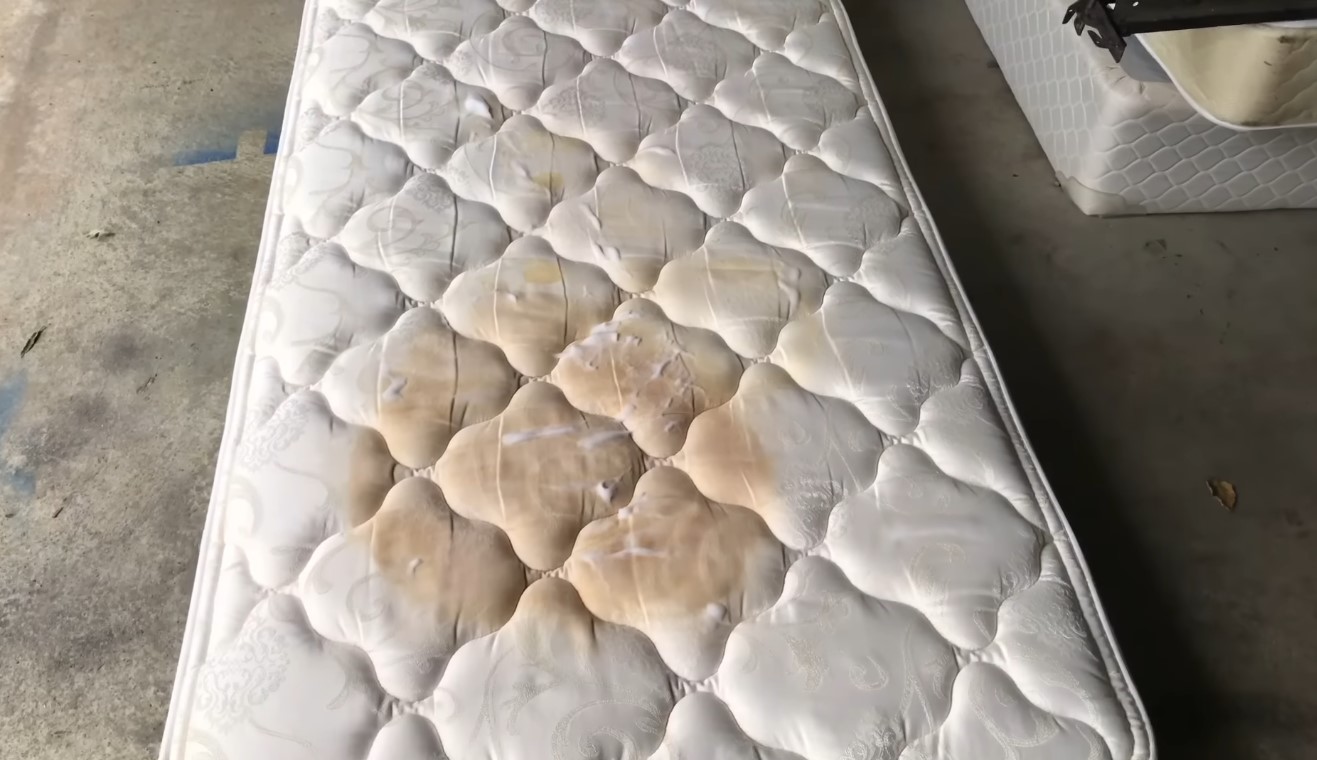
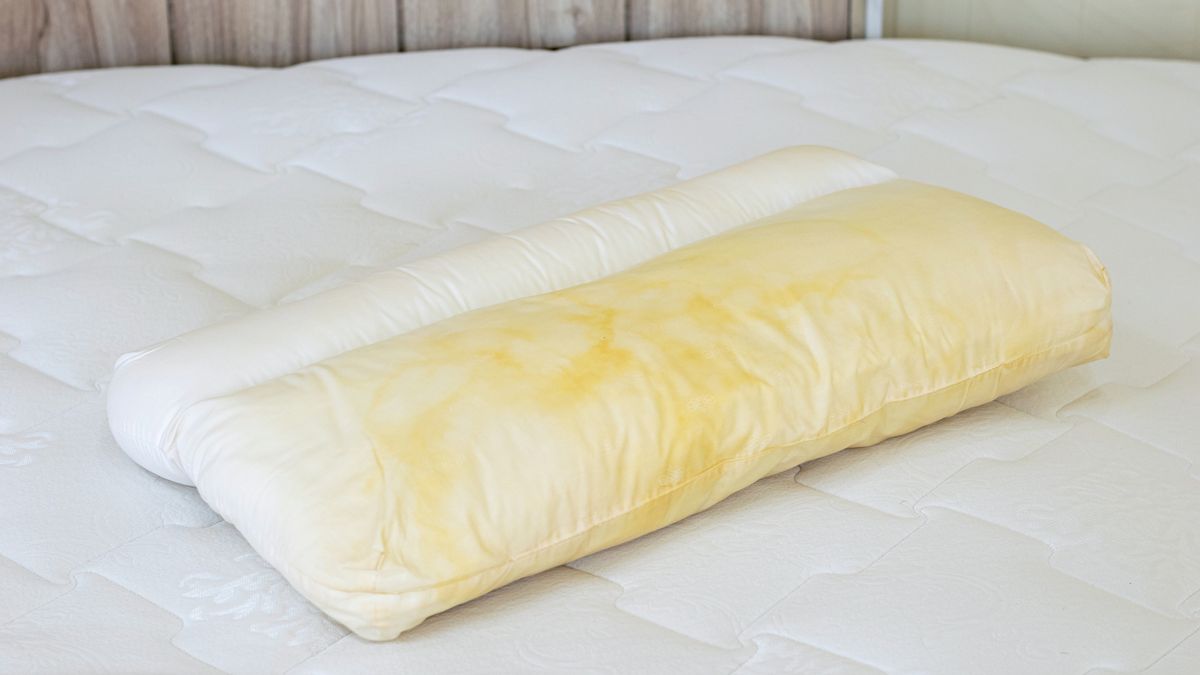
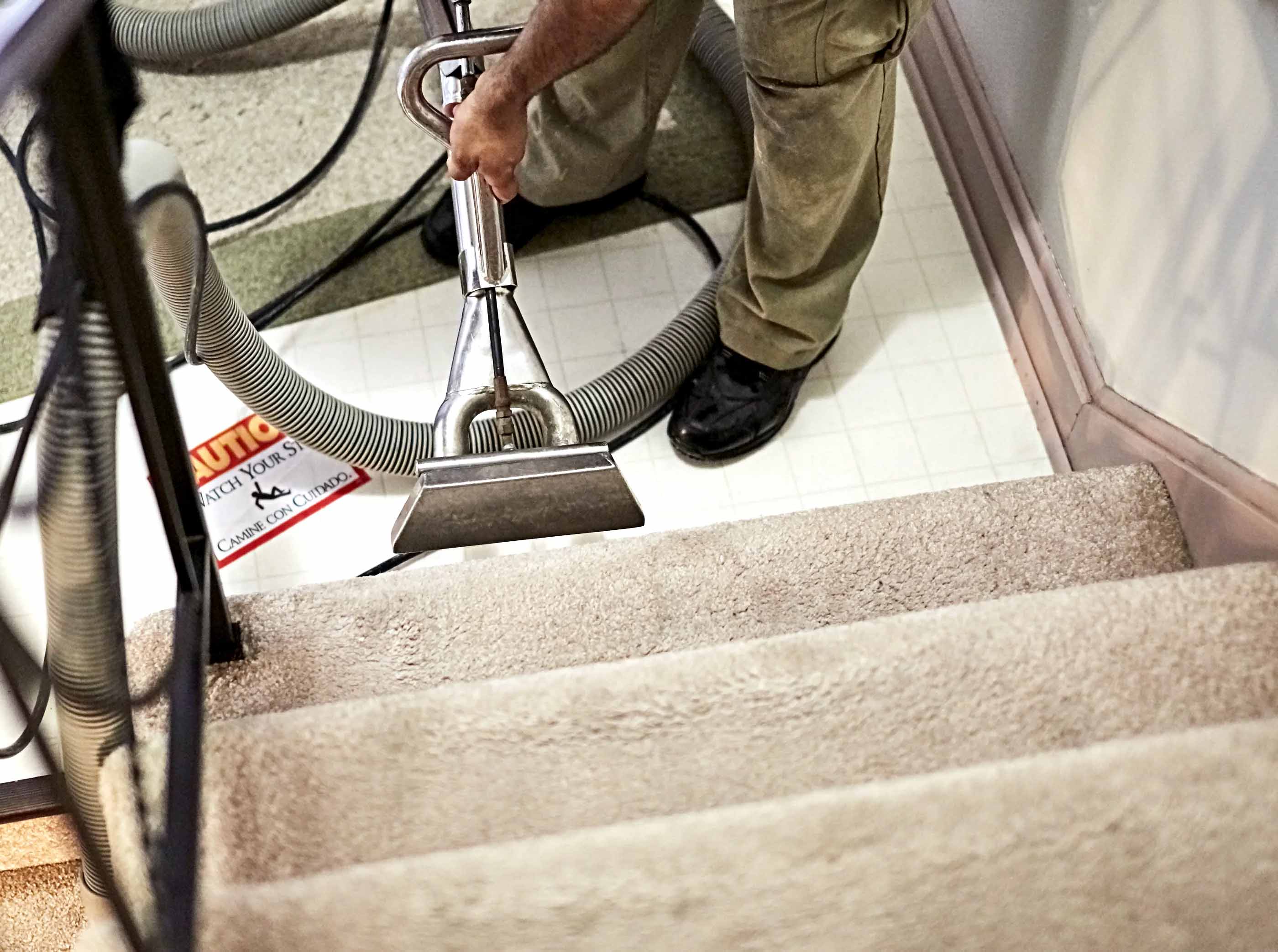
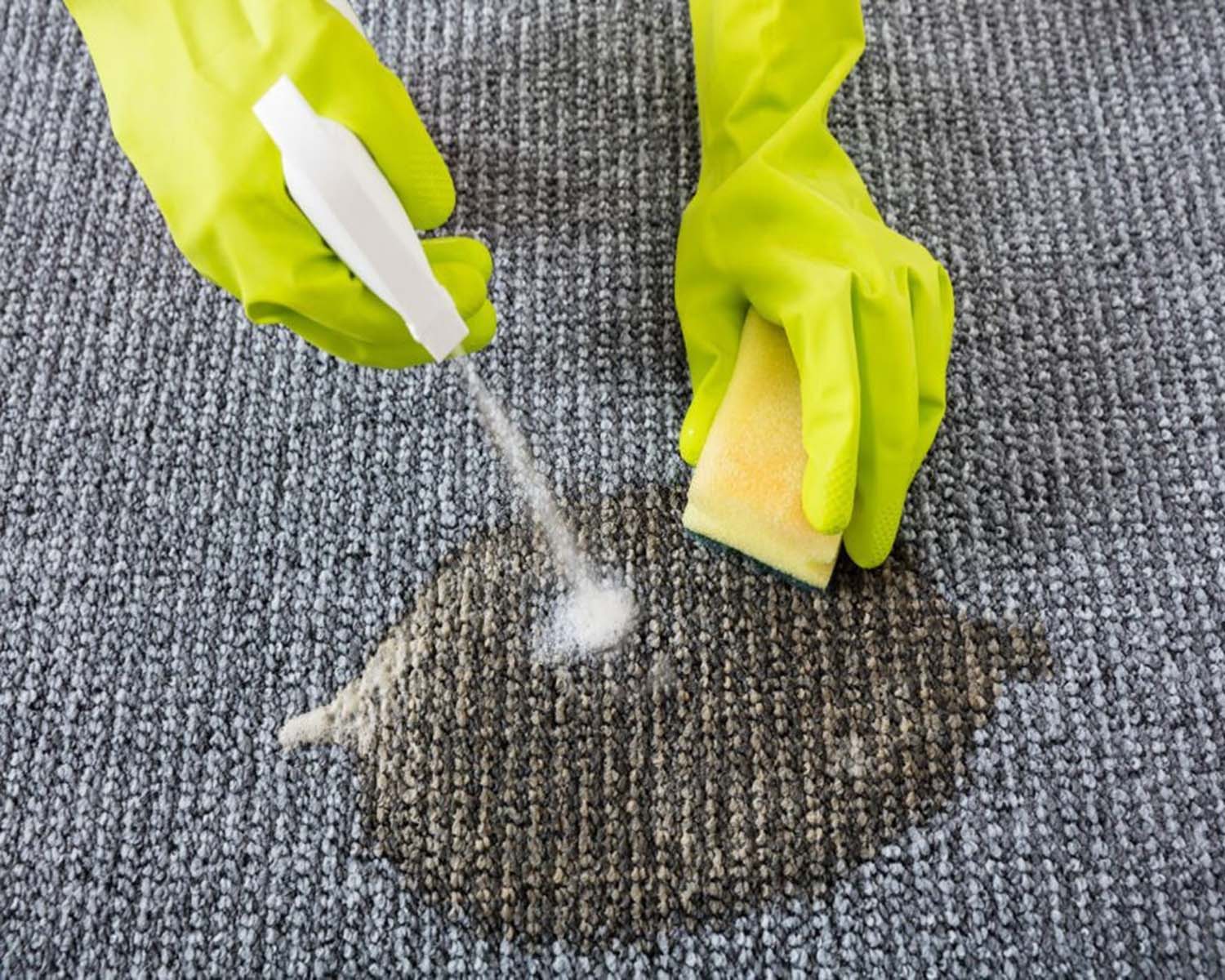
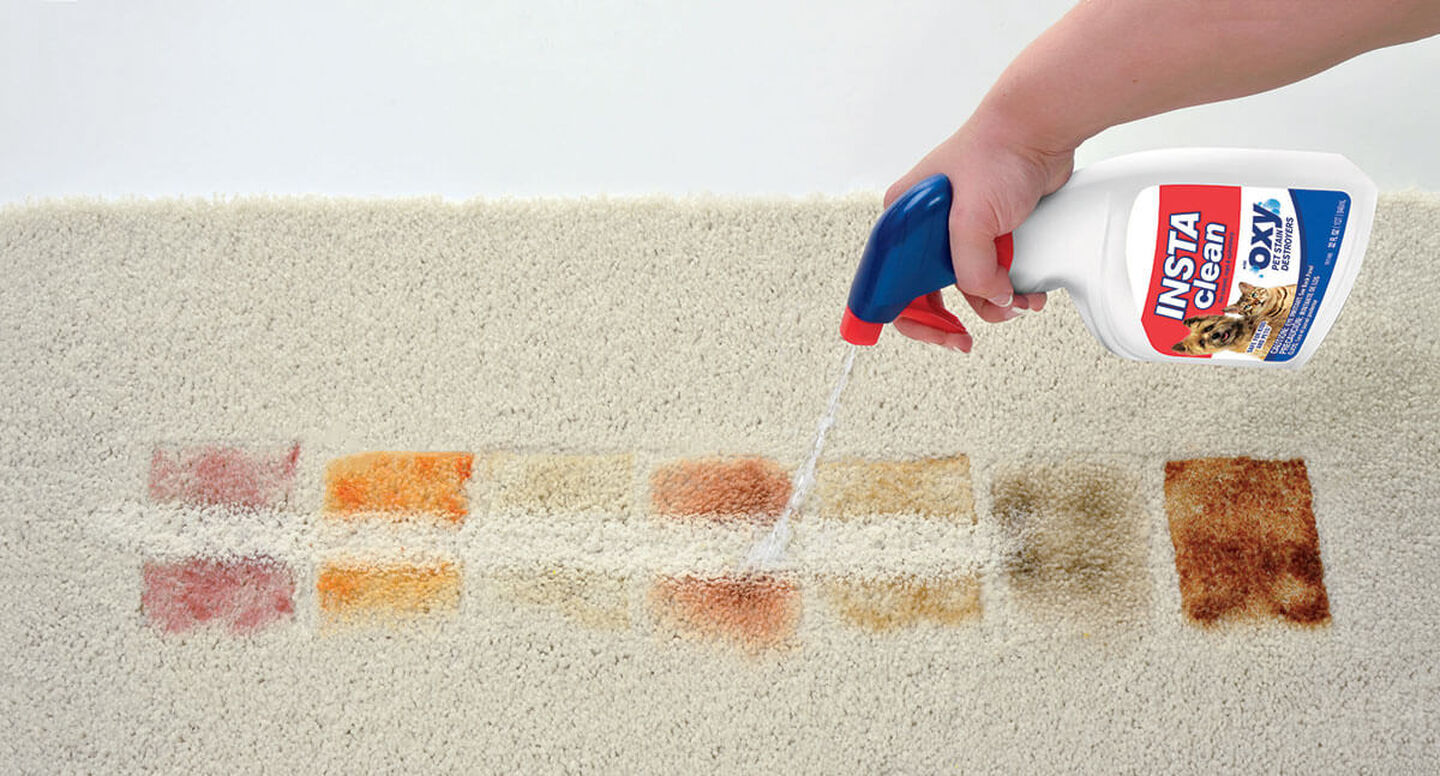
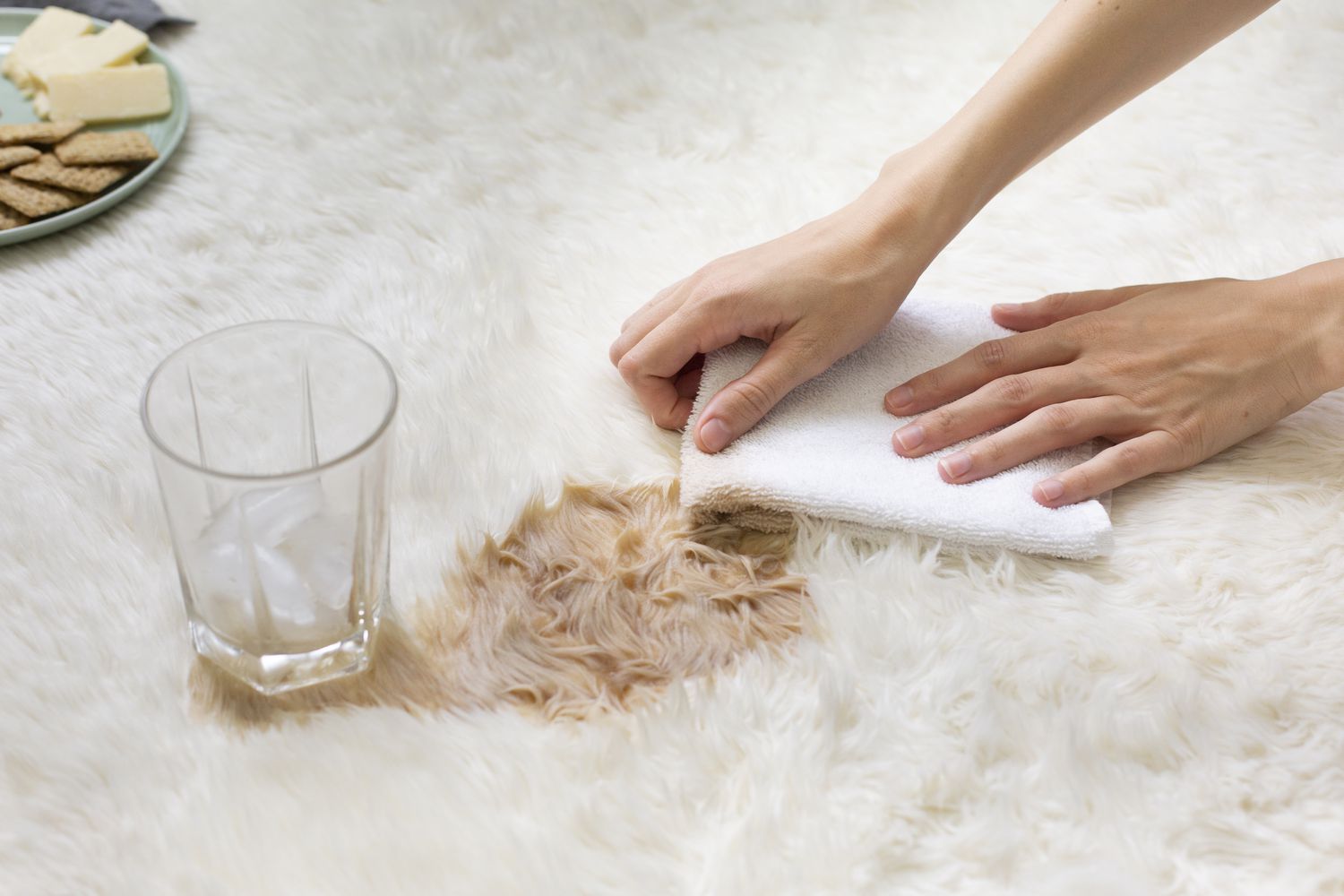
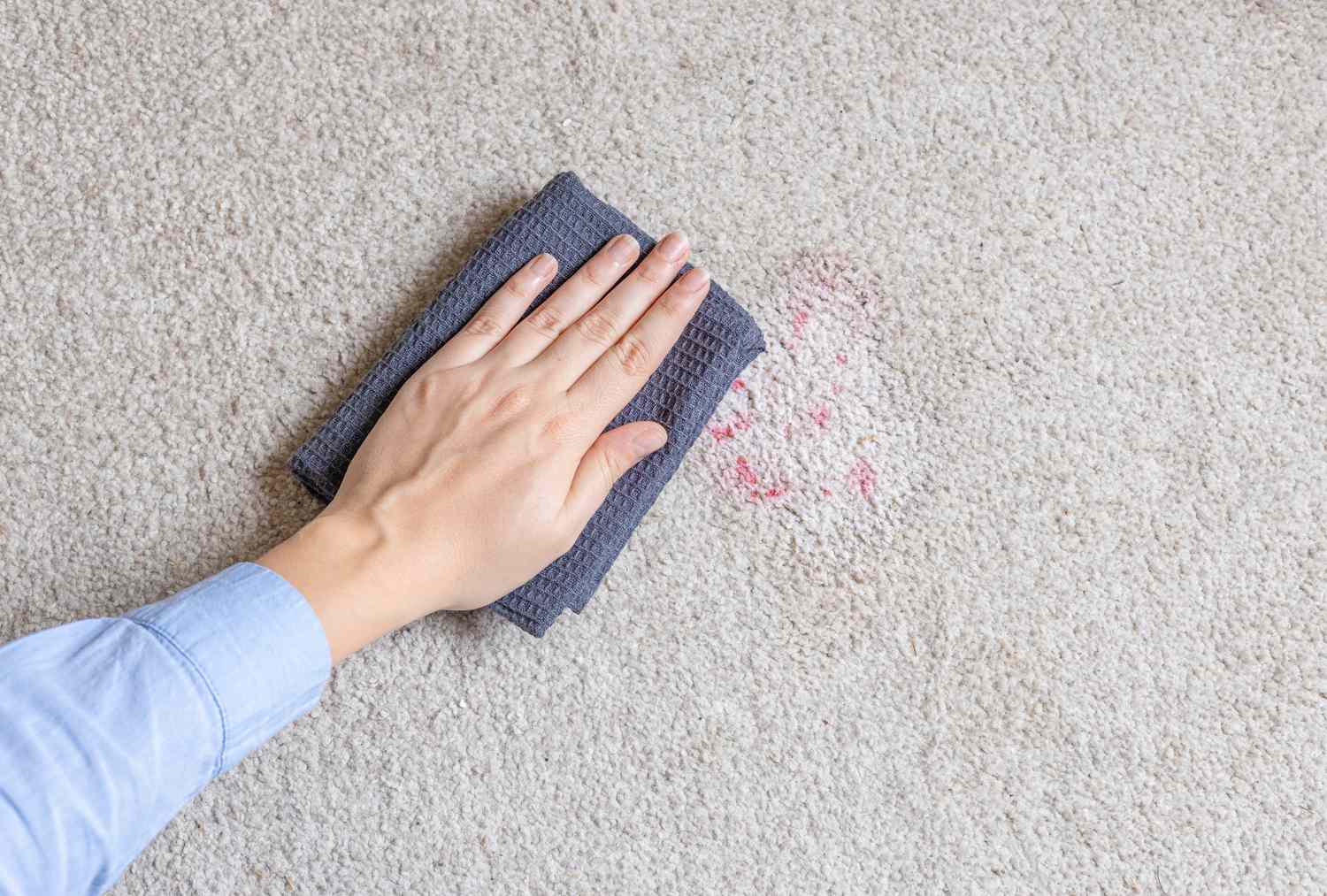
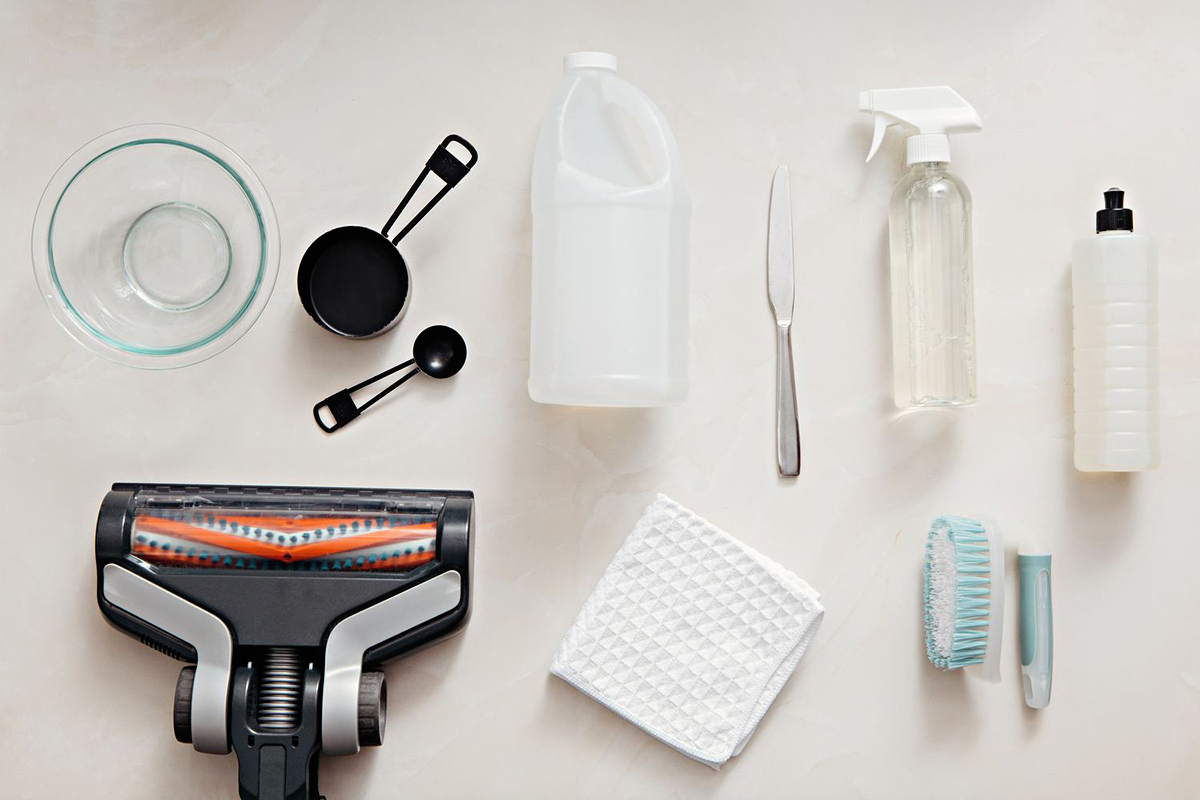
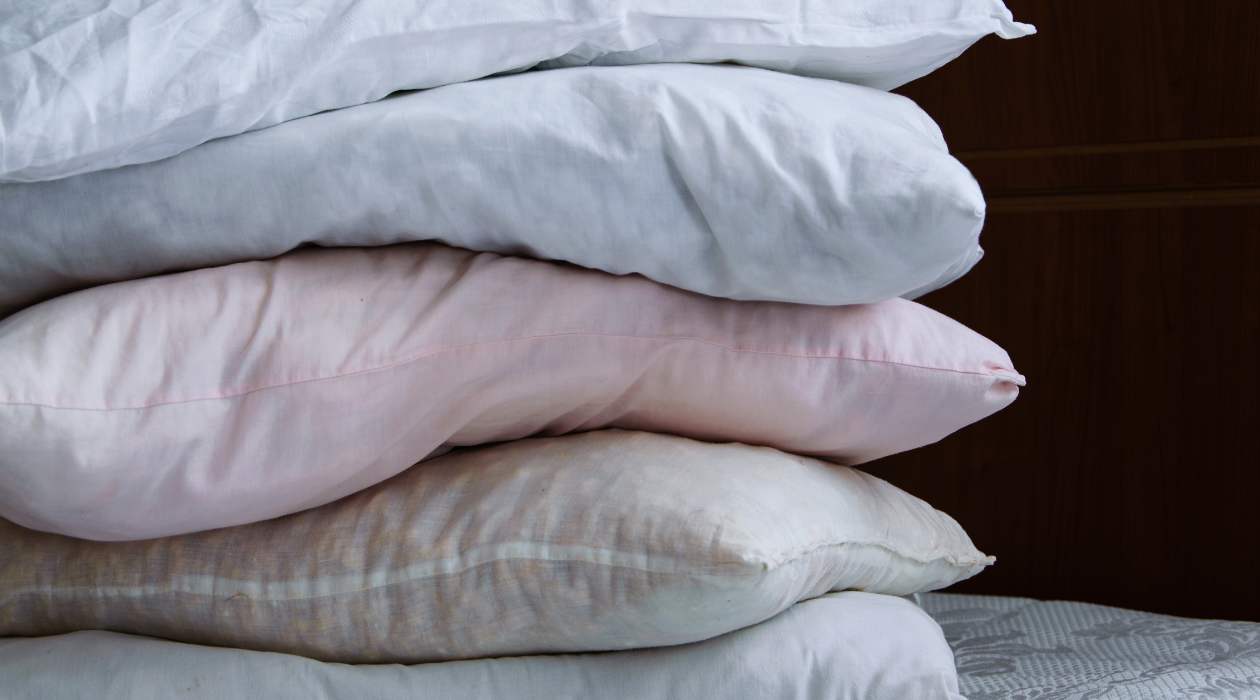

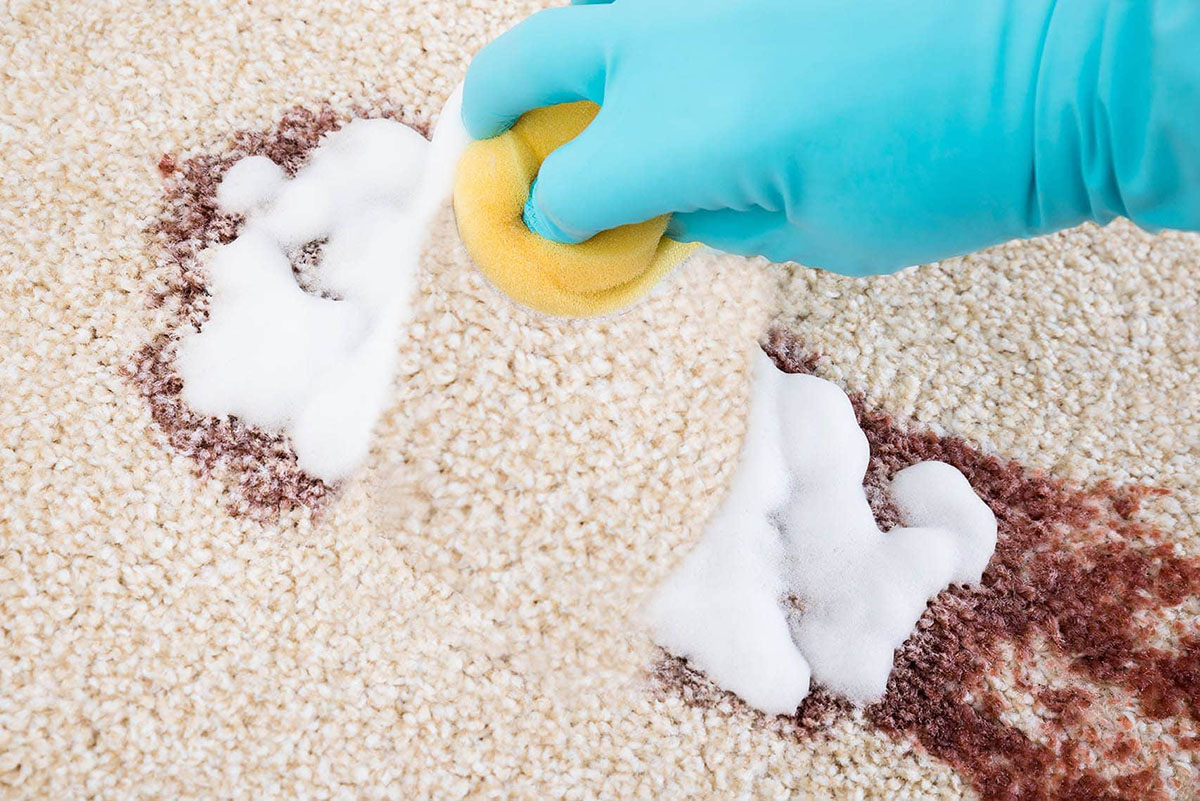

0 thoughts on “How To Get Stains Out Of A Duvet”